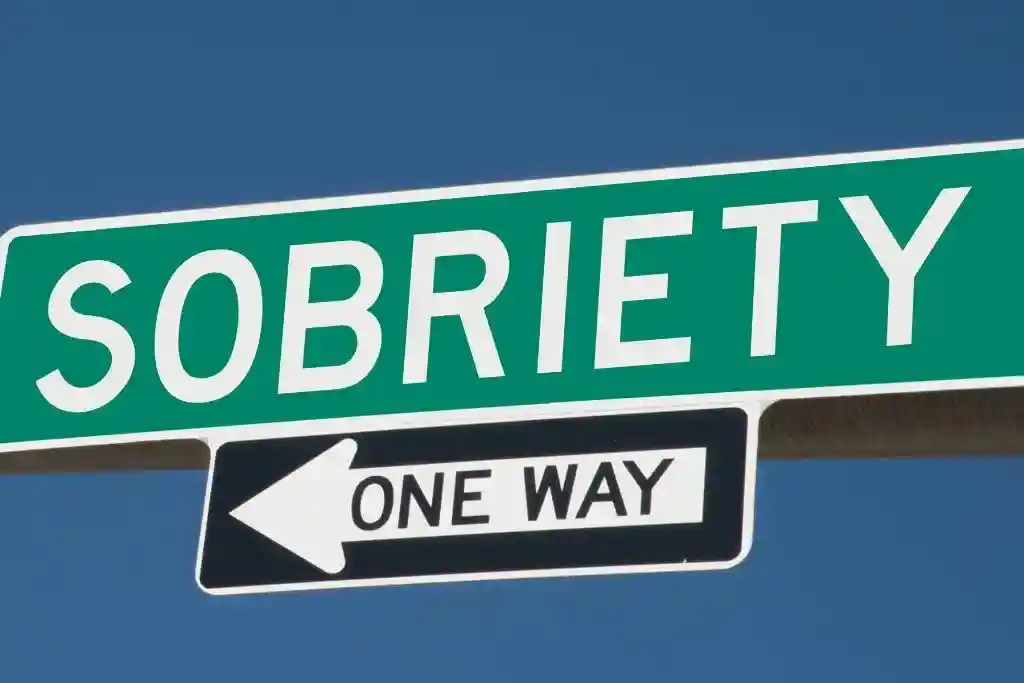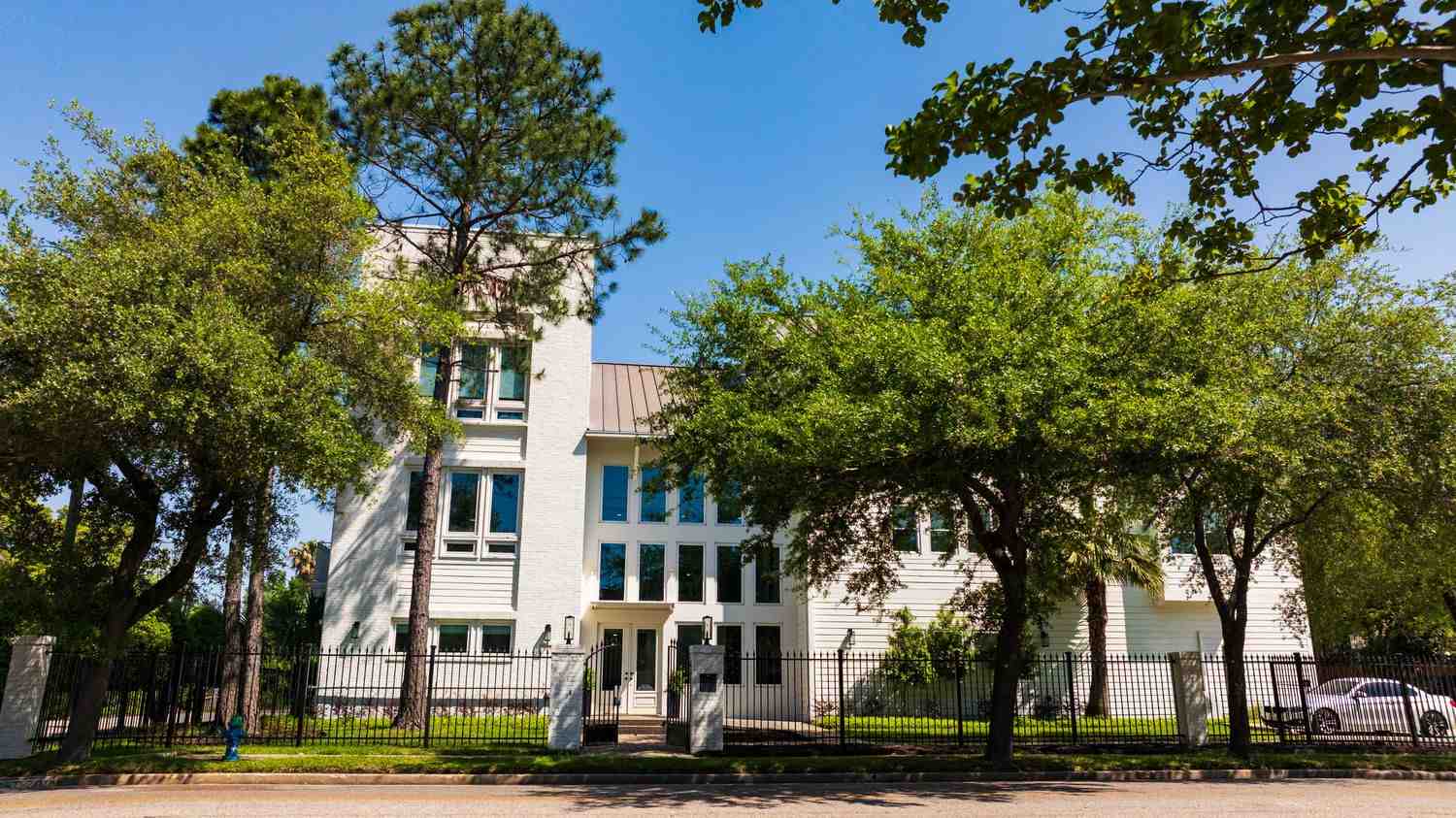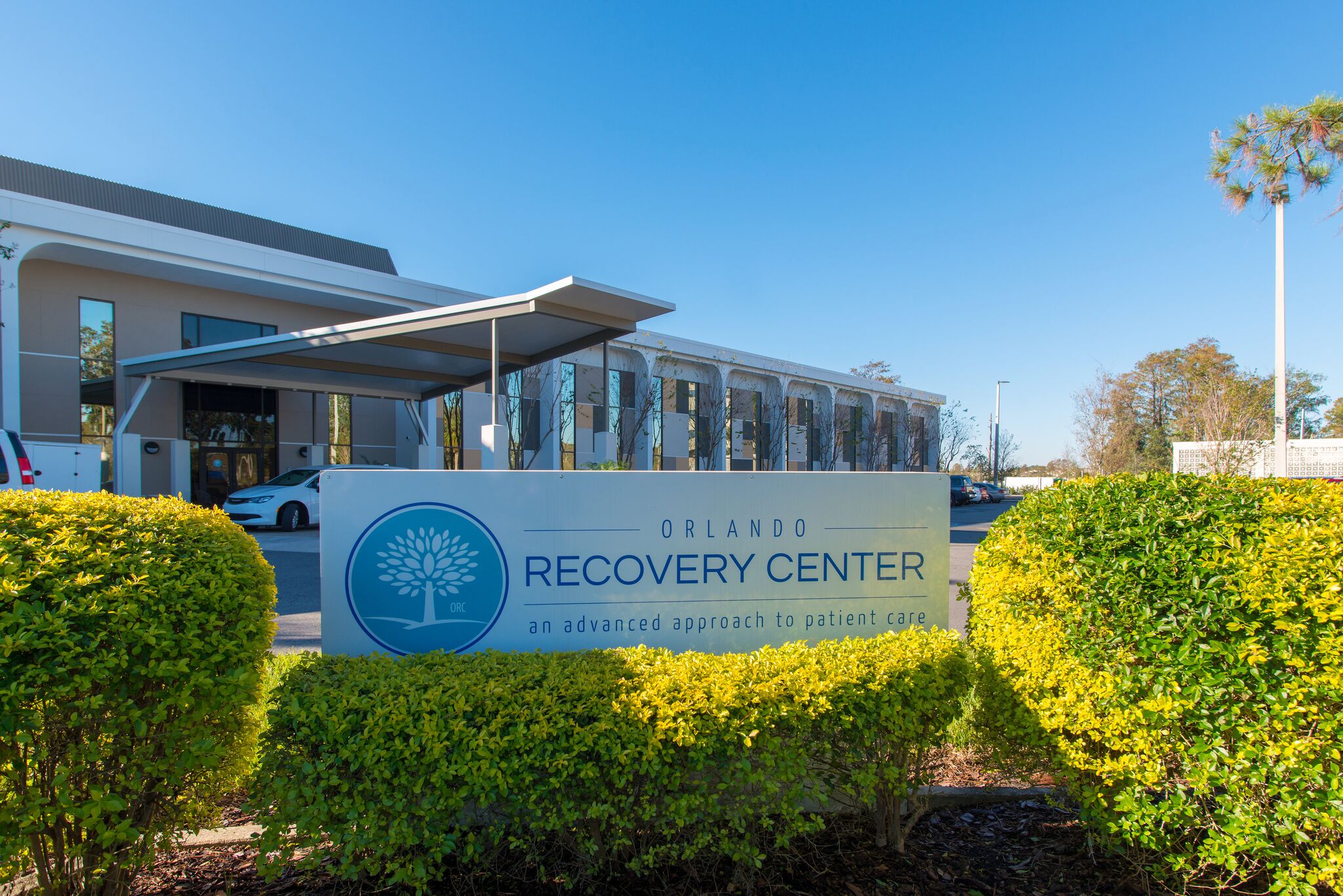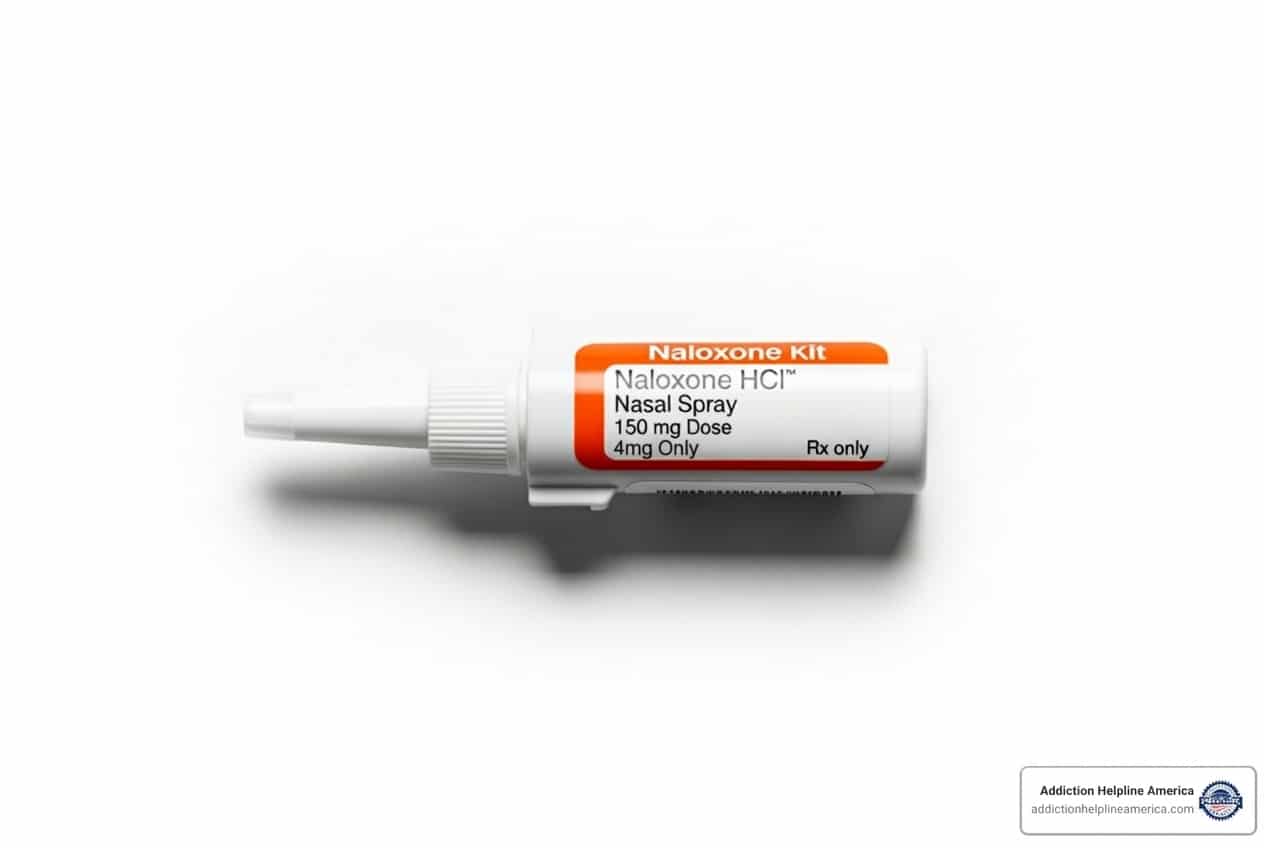
Understanding 30-Day Inpatient Programs: Your First Step Toward Recovery
A 30 day inpatient program is a short-term residential treatment where individuals live at a facility for about a month, receiving intensive, structured care for substance use disorders. It’s an immersive first step toward recovery.
What’s Included:
- Medical detoxification – Supervised withdrawal management
- 24/7 professional support – Around-the-clock medical and emotional care
- Individual therapy – One-on-one counseling sessions
- Group therapy – Peer support and shared healing
- Treatment planning – Personalized recovery strategies
- Aftercare preparation – Transition support for sustained sobriety
Typical Duration: 28-30 days (approximately 3-6 weeks)
Cost Range: $5,000 – $30,000+ depending on facility type and location
Success Rate: 40-60% of individuals who complete treatment maintain sobriety
Completing a 30-day rehab program is a courageous first step in a lifelong healing process. The program’s intensity provides enough time to detox safely, gain clarity, and begin adjusting to a sober lifestyle, allowing for clearer decision-making about the next steps in your recovery journey.
Why Choose a 30-Day Program?
A 30 day inpatient program offers a balance between intensive help and a manageable commitment. It’s long enough to make real progress but short enough to avoid feeling overwhelming.
Key benefits include a structured environment free from substances and triggers, and comprehensive care that addresses both physical withdrawal and the psychological roots of addiction. Medical supervision during detox ensures your safety, while evidence-based therapies like Cognitive Behavioral Therapy (CBT) and Dialectical Behavior Therapy (DBT) provide practical coping skills. The peer community offers invaluable support from others with shared experiences.
From a practical standpoint, a 30-day stay is often more manageable for work and family responsibilities, causes less disruption to your life, and is more likely to be covered by insurance companies.
While research shows many people need at least 90 days of treatment for substantial change, a 30-day program serves as a critical foundation. It’s not a magic cure, but the first phase for building a lasting recovery, which should be followed by robust aftercare support and continued outpatient care.
Who Benefits Most from 30-Day Programs?
A 30 day inpatient program is particularly effective for individuals with a strong motivation to get sober and a supportive home environment to return to. It’s often ideal for those with moderate addiction or who are new to recovery and need a safe place to detox and learn foundational skills.
These programs are also beneficial for individuals managing co-occurring mental health conditions like depression or anxiety, as quality facilities offer integrated dual diagnosis treatment. For more on this, you can explore in patient rehab for depression.
The short-term commitment is also practical for those who cannot be away from work, school, or family for longer periods. Specialized programs are available, such as veterans inpatient rehab and comprehensive drug program inpatient options.
At Addiction Helpline America, we provide confidential, compassionate guidance to help you find a program that fits your unique needs. We understand that every recovery journey is different, and we’re here to help you take that crucial first step.
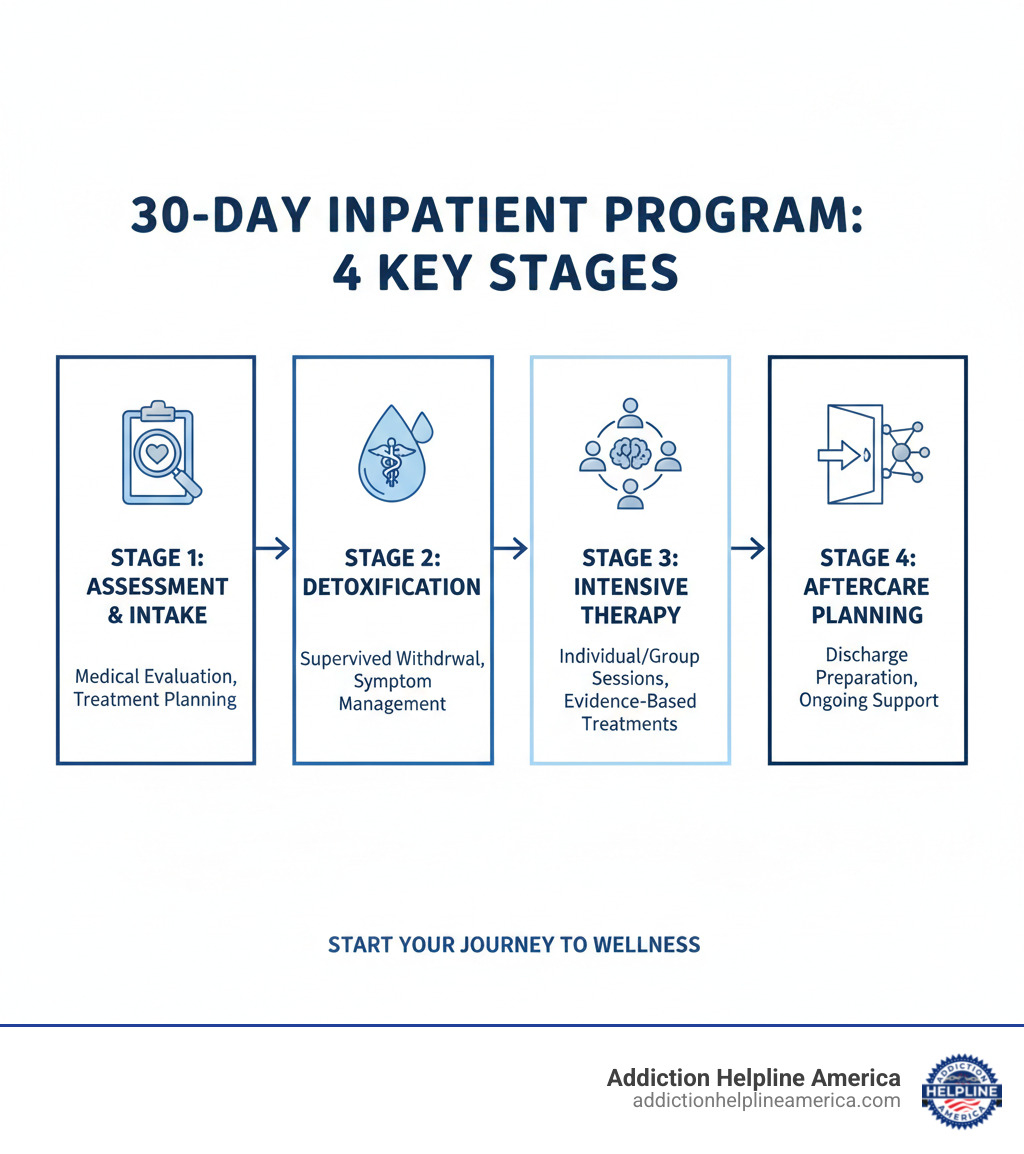
What to Expect During a 30-Day Inpatient Program
Entering a 30 day inpatient program means stepping into a safe environment where your only focus is recovery. The experience typically begins with medically supervised detoxification, followed by the creation of a personalized treatment plan. Throughout your stay, you’ll engage in therapy, connect with peers, follow a structured daily routine, and begin to understand the root causes of your addiction. It’s an intensive but focused process designed to jumpstart your healing.

The Admission and Intake Process
The intake process is where your treatment team gets to know you. It involves an initial assessment of your physical health, substance use history, and a co-occurring disorders screening for conditions like depression or anxiety. This comprehensive evaluation ensures your safety and helps create your personalized treatment plan. Admission generally requires you to be medically stable and ready to participate in several hours of therapy daily. This roadmap is custom to your specific challenges and recovery goals.
Key Components of a 30-Day Inpatient Program’s Daily Schedule
Structure is a key healing component of a 30 day inpatient program. A typical day is predictable, helping rebuild stability. Daily schedules usually include:
- Morning health checks and reflection.
- Morning group therapy sessions to share experiences and learn coping skills.
- Individual counseling for deeper exploration of personal issues and trauma.
- Educational workshops on topics like relapse prevention and stress management.
- Holistic activities such as yoga, art therapy, or mindfulness.
- Family therapy sessions to repair relationships, when appropriate.
- Evening support group meetings, like 12-step programs.
Therapies and Treatments Offered
A quality 30 day inpatient program uses a mix of therapies to treat the whole person. The foundation is evidence-based therapies like Cognitive Behavioral Therapy (CBT) to change negative thought patterns and Dialectical Behavior Therapy (DBT) to manage intense emotions. For opioid or alcohol addiction, Medication-Assisted Treatment (MAT) combines FDA-approved medications with counseling to reduce cravings. Dual diagnosis treatment addresses addiction and mental health issues simultaneously, which is critical for long-term success. These are often features of drug program inpatient care. Holistic approaches like mindfulness meditation, exercise, and art therapy support overall well-being. Specialized programs like Mens Inpatient Rehab are also available.
Common Challenges Faced in Rehab
Treatment is challenging, but knowing what to expect can help. Common problems include:
- Coping with withdrawal: Even with medical support, detox can be physically and emotionally draining.
- Psychological strain: Confronting painful memories and the reality of addiction can lead to a rollercoaster of emotions.
- Adjusting to group living: Sharing space and navigating different personalities requires patience and compromise.
- Emotional vulnerability: Opening up in therapy takes courage but is essential for healing.
- Overcoming cravings: Your brain is rewiring itself, and you’ll learn strategies in a safe environment to manage intense urges.
Benefits, Effectiveness, and Success Rates
Understanding the benefits and realistic outcomes of a 30 day inpatient program is essential when making a decision about your recovery.

Key Benefits of a Shorter Stay
A 30 day inpatient program is a popular choice because it balances intensive care with practical life demands. The one-month commitment feels more manageable for those with work, family, or school responsibilities. Shorter programs are also more cost-effective and more likely to be covered by insurance, making essential care accessible. Most importantly, 30 days is enough time to safely detox, gain mental clarity, learn foundational coping skills, and create a clear plan for what comes next. It provides a solid jumpstart for long-term healing, often followed by outpatient care.
| Program Duration | Primary Focus & Goals |
|---|---|
| 30-Day | Detox, stabilization, foundational skill-building, initial assessment, and aftercare planning. Good for those new to treatment or with moderate addiction. Often transitions to outpatient care. |
| 60-Day | Deeper therapeutic work, addressing underlying issues, developing more robust coping strategies, and strengthening relapse prevention. A compromise between short and long-term. |
| 90-Day+ | Extensive behavioral change, intensive therapy for complex trauma or co-occurring disorders, prolonged skill mastery, and reintegration practice. Recommended for severe or chronic addiction. |
Understanding the differences between Inpatient vs Outpatient Rehab can further clarify why a 30-day inpatient setting might be the best initial step.
Measuring Success and Understanding Relapse Rates
Success in addiction recovery isn’t always a straight line. Research indicates that about 40-60% of people who complete treatment maintain sobriety, a rate similar to relapse rates for other chronic diseases like diabetes or asthma. It’s crucial to view addiction as a chronic disease. A relapse doesn’t mean treatment failed; it means the plan needs adjustment.
Success in a 30 day inpatient program can be measured in many ways: completing the program, reducing substance use, improving physical and mental health, and learning to manage triggers. The program provides foundational tools, but long-term success depends on what happens after. Those who engage in robust aftercare and stay connected to support systems have the best outcomes. A 30-day program is the first chapter, not the whole story.
The Logistics: Cost, Insurance, and Finding a Program
Understanding the cost of a 30 day inpatient program and how to pay for it is a practical and important step. Financial concerns don’t have to be a barrier to getting the help you need.

How Much Does a 30-Day Program Cost?
The cost of a 30 day inpatient program varies, typically ranging from $5,000 to over $20,000. Standard facilities ($5,000 – $18,000) provide all essential evidence-based care, including detox, therapy, and aftercare planning. Luxury facilities ($25,000+) offer additional amenities like private rooms and spa services. Key factors influencing the price include location, the level of medical care, and available amenities. It’s helpful to view this cost as an investment in your future, as the long-term costs of untreated addiction are often far greater.
Financing Options and Insurance Coverage
Several options can make treatment affordable. Private insurance often covers addiction treatment, and we can help with finding addiction treatment facilities that take insurance and verifying your benefits. Medicaid and Medicare also provide coverage for eligible individuals. For those without insurance, many states offer publicly funded rehab programs. Other options include personal loans, payment plans offered by treatment centers, or sliding scale fees. Our team at Addiction Helpline America can help you explore all available options to find a program that fits your budget.
How to Find a 30-Day Inpatient Program Near Me
Finding the right 30 day inpatient program is about finding the right fit. Start by considering your priorities: location, treatment approach, and specialized care needs. Always look for facilities with proper accreditation and licensing (e.g., from The Joint Commission or NAATP). Ensure the program has qualified staff, uses evidence-based treatments (CBT, DBT, MAT), and provides comprehensive aftercare planning. If you have a co-occurring mental health condition, confirm they offer dual diagnosis treatment. A free nationwide rehab search tool can streamline your search, whether you’re looking for Drug Rehab Near Me Inpatient or options elsewhere. When you call facilities, ask about their credentials, therapies, and aftercare support. At Addiction Helpline America, we offer personalized guidance to connect you with a quality program that matches your needs.
Life After a 30-Day Program: The Critical Role of Aftercare
Completing a 30 day inpatient program isn’t a finish line; it’s the start of the next phase of your recovery. The weeks and months following treatment are when your new skills take root, and a solid aftercare plan is the bridge between the protected environment of rehab and the reality of everyday life.

Developing a Comprehensive Aftercare Plan
Your aftercare plan is a personalized roadmap for navigating life after rehab. Before you leave, you’ll work with your care team to create it. Key components often include:
- Continuing therapy: Regular sessions with a counselor to process challenges and build on your progress.
- Support groups: Meetings like Alcoholics Anonymous (AA) or Narcotics Anonymous (NA) provide invaluable peer support.
- Sober living arrangements: A structured, substance-free home that provides a transitional step with accountability and community.
- Alumni programs: Staying connected to your treatment center and peers for ongoing encouragement.
- Follow-up appointments: Medical check-ins to manage medications and monitor your overall health.
Building a Healthy Sober Lifestyle
Lasting recovery involves actively building a life that supports sobriety. This means creating new habits and relationships. Start by managing triggers—identifying and avoiding people, places, and situations that risk your sobriety. Fill that space with sober activities and hobbies you enjoy. Creating new routines for meals, sleep, and exercise provides stability. Focusing on mental health is crucial; practices like exercise and mindfulness are powerful tools for managing stress. It’s also important to form sober relationships with people who support your recovery. Finally, work toward emotional sobriety—the ability to handle your feelings without needing to numb them. This is the essence of true, lasting recovery.
Conclusion: Taking the First Step Toward Recovery
Completing a 30 day inpatient program is a monumental first step. It provides the medical support, therapeutic tools, and structured environment needed to break the cycle of substance use. However, recovery is a lifelong journey that requires ongoing commitment. The skills you’ve learned are the foundation upon which you will build a healthier, more fulfilling life.
The transition back to daily life can be challenging, but you don’t have to face it alone. A strong aftercare plan, continued therapy, and a sober support network are essential for long-term success. Recovery is about progress, not perfection.
At Addiction Helpline America, we offer free, confidential, and personalized guidance to help you steer this process. Our nationwide network connects you to quality treatment options that fit your unique needs and budget, whether you’re looking for a 30 day inpatient program or other forms of care. If you or a loved one is ready to take the first step, reach out to us today. Explore different types of treatment programs and let us help you find your way forward.
Our helpline is 100%
free & confidential
If you or someone you care about is struggling with drug or alcohol addiction, we can help you explore your recovery options. Don’t face this challenge alone—seek support from us.
Programs
Resources
Will my insurance
cover addiction
treatment?
We're ready to help
Find the best
drug or alcohol treatment
center
Are you or a loved one struggling with addiction? Call today to speak to a treatment expert.



